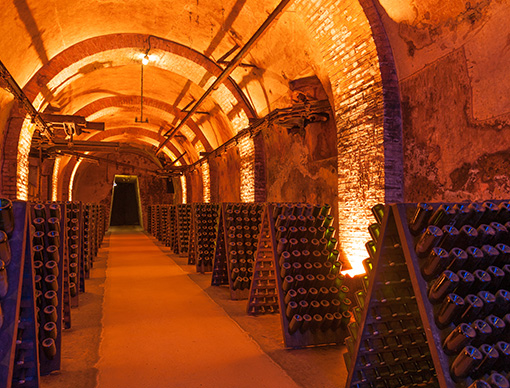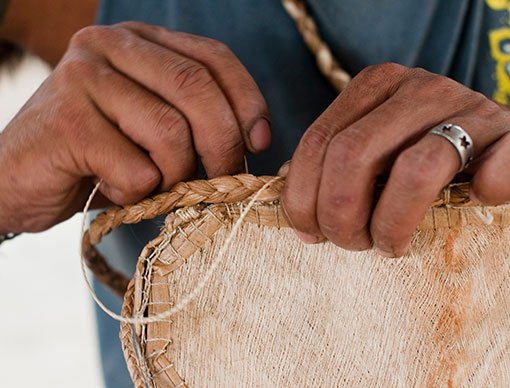Driving Hotel Loyalty: Enormous Room for Growth
- Published:
- May 2015
- Analyst:
- Marcello Gasdia

Airline loyalty participation is soaring in the U.S. Throughout 2014, nearly 85 million U.S. adults took a flight for a leisure trip. Of those leisure flyers, just about eight in 10 are members of at least one airline loyalty program. But while airlines have been extremely successful in driving loyalty participation among flyers – hotels are having a bit more trouble convincing their guests of the value of signing up.
According to a new report from Phocuswright, (Dis)Loyalty and the U.S. Leisure Traveler, less than half (47%) of U.S. leisure hotel stayers belong to a hotel loyalty program. Nevertheless, in terms of sheer numbers, hotel loyalty membership still rivals airline membership, as hotel stayers greatly outnumber leisure flyers. More than nine in 10 (93%) U.S. leisure travelers spent at least one night in paid lodging during 2013, while only 65% flew.
When it comes to driving loyalty, hotels, of course, face a number of challenges that airlines simply do not. U.S. travelers not only have a seemingly endless selection of hotel brands to choose from when planning their next vacation, but the rising awareness of private accommodations is also driving many away from traditional hotel stays.
For the hospitality industry, however, efforts aimed at driving loyalty participation should prove worthwhile. Almost half (47%) of entry to mid-tier hotel loyalty members typically try to book with preferred hotel brands "most" or "all" of the time when traveling for leisure. Among hotel elites, that figure jumps to 82%.
Phocuswright's (Dis)Loyalty and the U.S. Leisure Travelerexamines the role of loyalty in consumer leisure travel behavior and spending, specifically for airlines, hotels and online travel agencies (OTAs). The report addresses air, hotel and loyalty participation among key demographics, and defines the status of members by age, spending and level of participation.
Topics include:
- Loyalty's influence on travel shopping and booking
- Loyalty's influence on product and channel selection
- Airline, hotel and OTA loyalty program participation by age and spending
- Loyalty status levels and the "super elite"
Phocuswright's (Dis)Loyalty and the U.S. Leisure Travelerprovides insight into how to market to these loyalty travelers and how to tailor your loyalty programs to capture more members.







.png)

.jpg)

